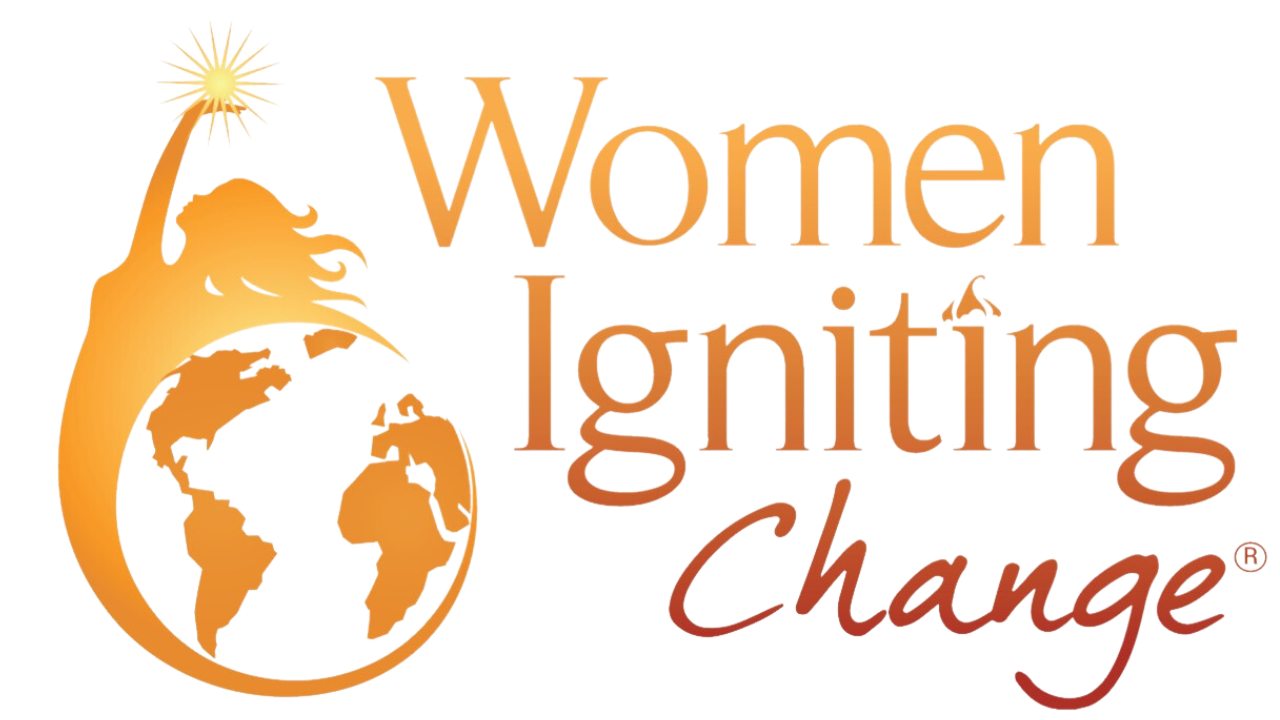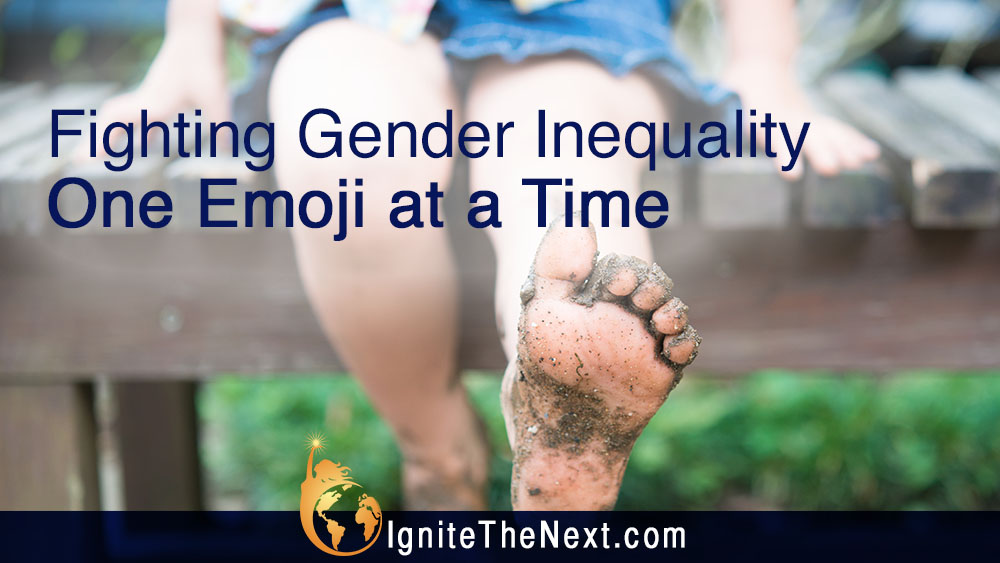
In our technology-obsessed world, we want things now and we want them fast. What does that have to do with fighting gender inequality?
Enter the Emoji. These tiny characters help us convey emotions without even thinking – just click and you’re done. But have you ever actually looked closely at emojis and considered the messages they send?
And have you happened to notice the emojis that refer to women?
The stereotyping of women is so biased, it’s almost shameful:
There are emojis for:

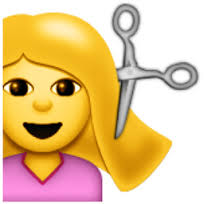

A princess
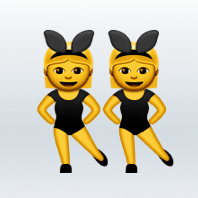

And even the sports category of emojis is missing 50 percent of the population. Emojis that represent sports are images of men. It’s as if Title IX and the women’s movement never happened at all.



What’s the big deal, you may ask? It’s just a small thing. On the contrary, I believe it’s unchallenged gender biases and assumptions such as this that perpetuate the status quo. How do we in good conscience tell young girls that they can be anything they want to be when most of what they see in the world they live in represents a sliver of what they’re capable of?

Tweet: Subtle, micro messages that emojis convey make significant impacts on girls.
How can we encourage women to be strong, bold, and confident when they are represented as Playboy bunnies or “desperate housewives” in the social sphere?
The answer is, we can’t. And that’s why even something as simple as emoji must be held accountable.
Proctor & Gamble has realized the current crop of emojis reinforces societal stereotypes and limitations. The company is taking emoji to task with its powerful Always #LikeAGirl campaign. Here’s the video from their campaign (that I could personally watch several times over):
Emoji images are particularly important, Always says, because they’re so popular among teenagers, and are used so much by young, impressionable girls.
And it’s the subtle, micro messages that emojis convey that can make a significant impact on girls.
Thankfully, Google has seen the light. The company is now on a mission to change the way women are represented in emojis.
Google is taking a stand against gender inequality by adding 13 new emojis that represent women in professional roles.
A team of Google employees is heading the shift with a proposal that would do us all some good to read:
“The global women’s equality movement is growing, so the time to create these emojis is
now. All around the world, gender inequity is a focus. The United Nation’s new
sustainable development agenda calls for achieving gender equity and empowering all
women and girls, and the US Treasury recently announced that Harriet Tubman will
grace the front of the next version of the $20 bill (and that other influential women will
be added to the $10 and $5 bills). Not to mention the fact that Hillary Clinton is closing in
on becoming the first female presidential candidate at the top of a major-party ticket
(and, possibly, the first woman US president).
No matter where you look, women are gaining visibility and recognition as never before.
Isn’t it time that emoji also reflect the reality that women play a key role in every walk of
life and in every profession?”

First Lady Michelle Obama suggested on Twitter that an emoji of a young girl studying be added to the list after she watched the Always video.
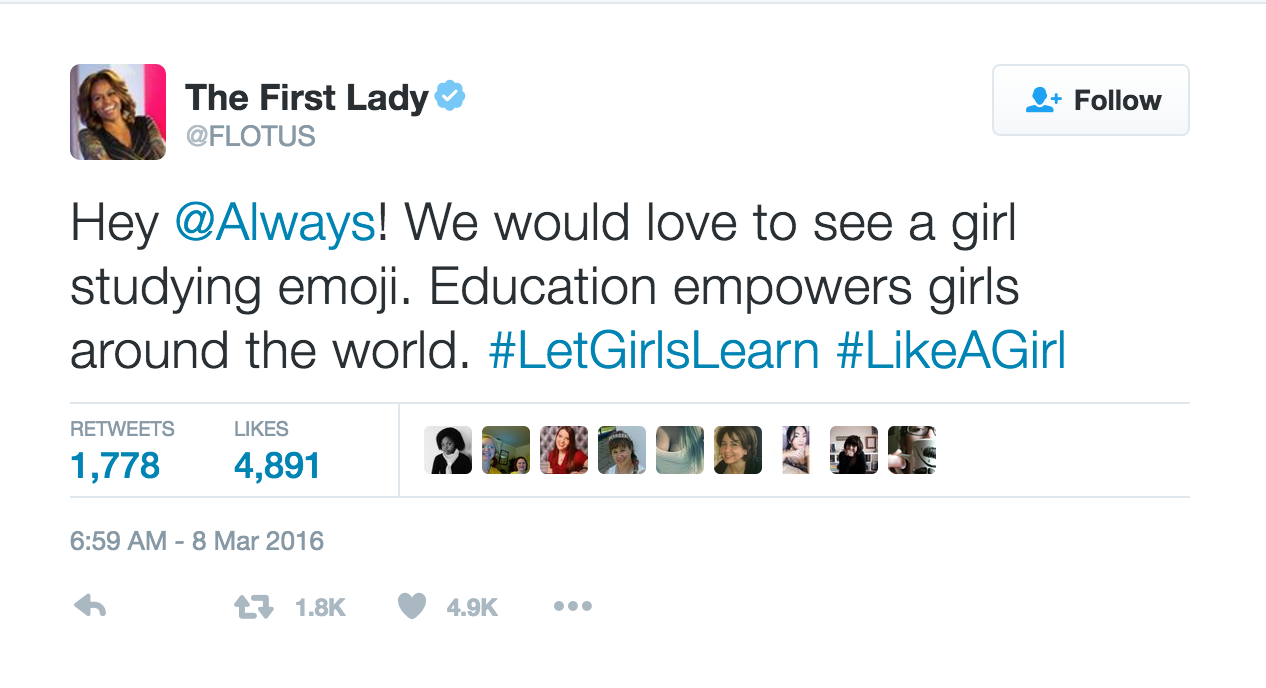
Which one would you be, and what Emoji would you like Google to consider as it adds more diversity to its emoji list?


